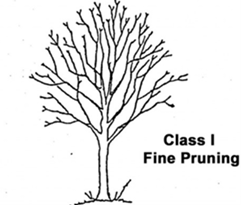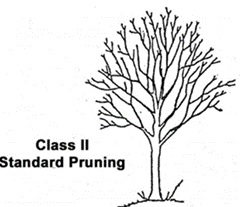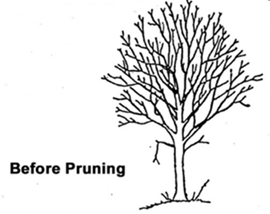Pruning
Tree Pruning
Pruning is important to the health, structure, aesthetics and safety of your trees. T&T offers several different types of tree and shrub pruning to suit your needs.
Trees are complex living organisms whose growth, appearance, condition and longevity are greatly influenced by environmental factors. Pruning practices generally improve the health, structure, aesthetics and safety of trees. Like humans, tree species vary in their characteristic and requirements, as each has specific shapes, branch structures and canopies.
Trees, in general, can grow between 6 to 12 inches per season. Corrective pruning should be done every 3 to 5 years. Over time, tree limbs over driveways, roofs and fences can become an interference and a safety concern. Raising branch levels (by removing the lower over-hanging limbs) is a common correction.
The four standard levels of pruning are:

CLASS I Fine Pruning
Fine pruning is recommended for premium quality work with emphasis on aesthetic considerations in addition to structural integrity. Fine pruning consists of the removal of dead, dying, diseased, decayed, interfering, objectionable, obstructing and weak branches, as well as selective thinning to lessen wind resistance.
The removal of branches includes those on the main trunks, as well as those inside the leaf area. An occasional undesirable branch up to one-half inch in diameter, as described above, may remain within the main leaf area to its full length when it is not practical to remove it.

CLASS II Standard Pruning
Standard pruning is recommended where aesthetic considerations are secondary to structural integrity and tree health concerns.
Standard pruning consists of the removal of dead, dying, diseased, decaying, interfering, objectionable, obstructing and weak branches, as well as selective thinning to lessen wind resistance.
The removal of these branches is to include those on the main trunks, as well as those inside the leaf area. An occasional undesirable branch up to one inch in diameter may remain within the main leaf area where it is not practical to remove it.

CLASS III Hazard Pruning
Hazard Pruning is recommended where safety considerations are paramount.
Hazard Pruning consists of the removal of dead, diseased, decayed and obviously weak branches, two inches in diameter or greater.
Cosmetic Pruning
The specific action to remove certain limbs, raise branch levels, clear wires, shape or thin a tree are generally at the customer’s request: clear a fence, limbs over roof, limbs over pool, etc.
